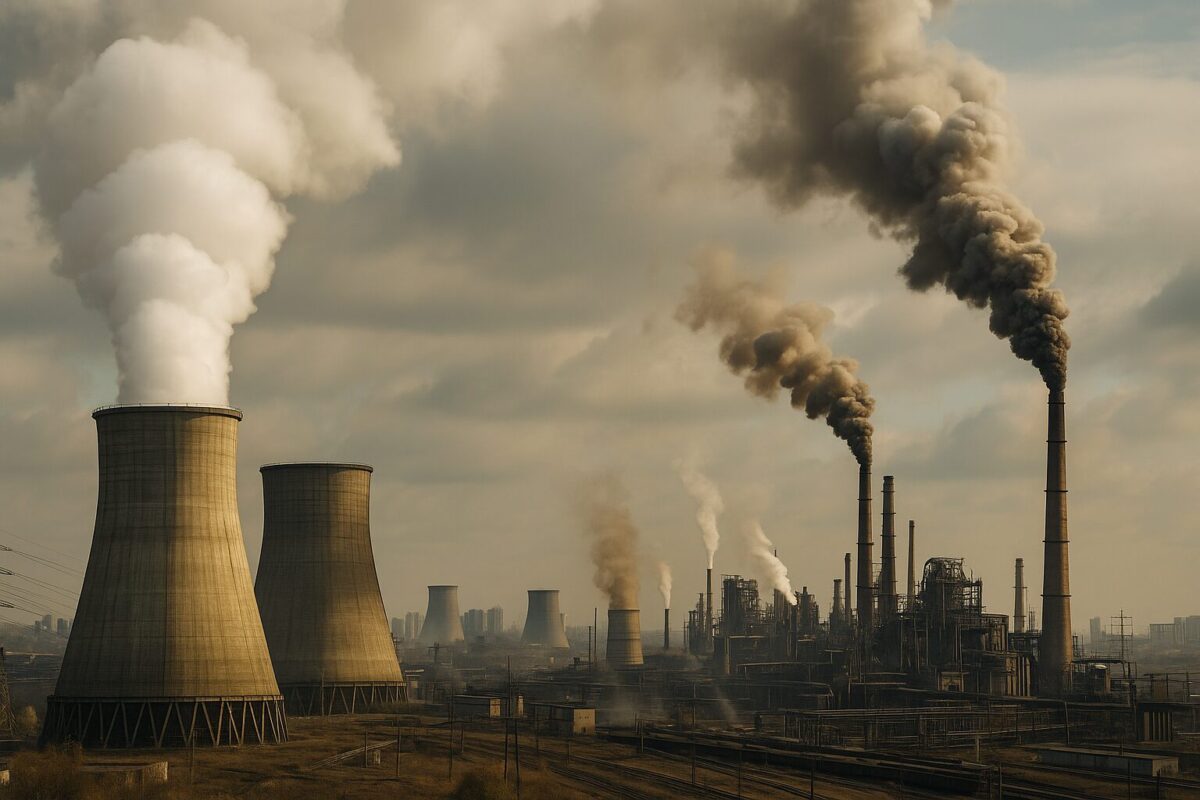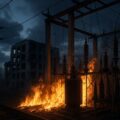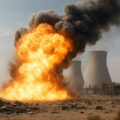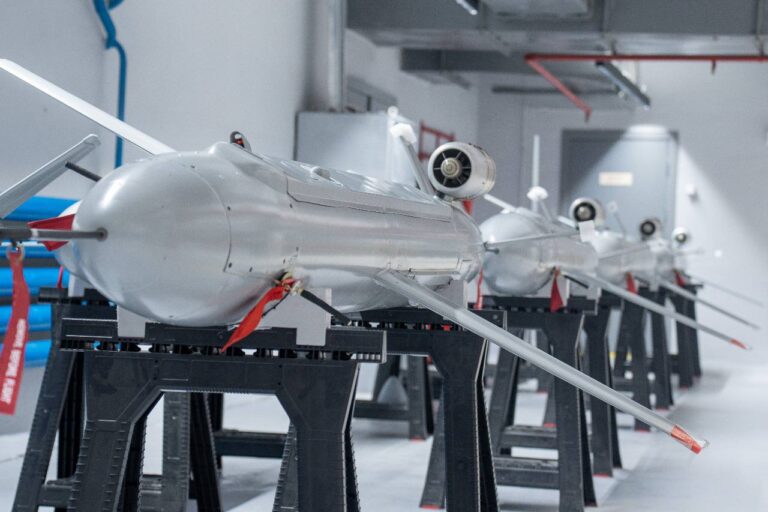
The World Is Gasping: How War Slows the Energy Transition
In 2024, global carbon dioxide emissions reached a new all-time high more than 40.8 billion tonnes. It’s the fourth consecutive year of record-breaking emissions. And while renewable energy continues to grow, the world’s dependence on fossil fuels isn’t decreasing. The reason lies in a mix of rising demand, geopolitical instability and fear. Russia’s war against Ukraine, the conflict in the Middle East, and growing concerns over energy supply chains have pushed the energy transition off course from a path of steady change to one of reactive panic.
Ukraine, in this context, is not just a country defending itself. It is also a country experiencing the full impact of the global energy crisis: from surging fuel prices to stalled investments in renewables.
Everything is increasing: demand, emissions and pressure
According to the Energy Institute, global energy demand rose by 2% in 2024. For the first time since 2006, every form of energy showed growth: coal, oil, gas, renewables, hydro, nuclear. Specifically:
- Wind and solar generation grew by 16% faster than any other source;
- Natural gas consumption rose by 2.5%;
- Coal use increased by 1.2%;
- Carbon emissions from energy reached +1% over the previous year.
This matters not just because of the numbers, but because they show a critical trend: renewables are expanding but not fast enough to keep up with demand. Instead of replacing fossil fuels, clean energy is simply being added to an already growing mix.
When war reshapes global priorities
2024 was the warmest year on record. Average global temperatures consistently exceeded the 1.5°C threshold the level scientists have warned could trigger irreversible climate consequences. Meanwhile, the world continues to miss its own targets.
As Energy Institute President Andy Brown put it:
“Electrification is accelerating, especially in developing economies. But overall energy demand is rising even faster, and 60% of that growth is still being met by fossil fuels.”
War plays a central role here. Russia’s full-scale invasion of Ukraine disrupted gas supplies to Europe, altered oil flows and forced countries to rethink energy security. As a result, coal made a comeback in the EU, and Asian countries ramped up fossil fuel use. In 2024, India’s coal consumption rose by 4%, more than the combined increase across North and South America.
Ukraine: on the frontline of war and the energy transition
For Ukraine, the global energy disorder has at least three consequences.
1. Energy vulnerability.
Missile attacks on power plants, destroyed thermal generation, and infrastructure damage have left the country exposed. At the same time, global price spikes and disrupted supply chains have made clean technologies more expensive and harder to access. Even small-scale renewable projects now require resources Ukraine often doesn’t have.
2. Delayed investment in renewables.
International companies have paused many projects due to war-related risks. Domestic developers are focused on repairs, not growth. Ukraine is losing momentum in a sector where it could have led after the war.
3. Growing reliance on external markets.
With much of its energy infrastructure in ruins, Ukraine now depends heavily on European electricity markets. While this offers some stability, it also creates dependency and exposure to price volatility and political decisions beyond its control.
Revelant
A “green transition” that’s increasingly out of reach
At COP28 in Dubai, world leaders pledged to triple global renewable capacity by 2030. But according to Kearney and KPMG, current growth rates are still far from meeting that goal.
Romain Debarre, Director of the Energy Transition Institute, notes:
“Energy security, access to resources and technological sovereignty are now being prioritized over climate commitments.”
In practice, that means climate targets are slipping because countries are choosing short-term stability over long-term transformation. Meanwhile, each passing year brings more emissions and record-breaking temperatures.
What does this mean for Ukraine?
Ukraine doesn’t have the luxury of waiting for global systems to change. It’s already on the frontlines not just militarily, but climatically and economically. Policy decisions made in Brussels, Washington or Beijing affect Kyiv directly through equipment prices, delayed infrastructure or restricted access to energy markets.
Yet war has also pushed Ukraine to innovate. Decentralized generation, off-grid systems, and local renewable solutions are no longer just trends they’re survival strategies.
While the rest of the world struggles between fossil fuel habits and green ambitions, Ukraine is living the energy crisis in real time and paying for it not only with money, but with lives. And for that reason, it has every right to ask: what does a just energy transition really look like and who will be included in it?














